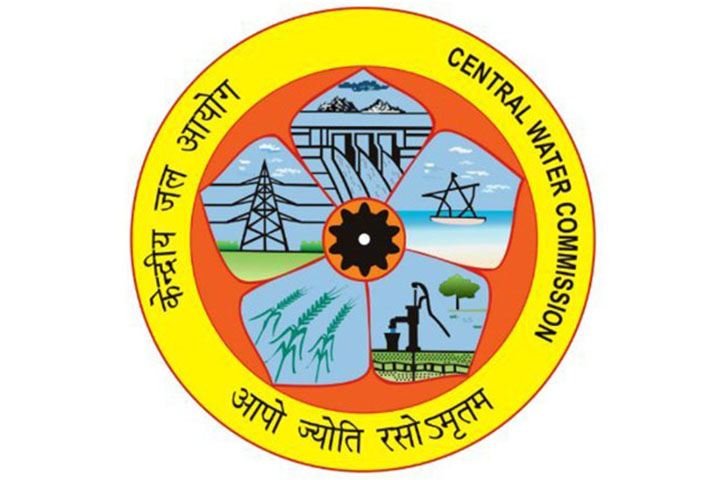India to invest more in Nepal's Pancheshwar Multipurpose Project

According to a senior official at the Ministry of Energy, Water Resources and Irrigation, India has agreed in principle to invest more in the Pancheshwar Multipurpose Project, a move that could pave the way for the development of the mega bilateral project.
India agreed to contribute additional funds to the project's development during the fourth meeting of the team of experts, which was held in New Delhi on Friday and Saturday. India stands to gain more from the project's development, particularly in the areas of irrigation and flood management.
“India has agreed to invest more but we are yet to reach a concrete agreement on additional benefits the southern neighbour will get an extra investment it will have to make,” said Madhu Bhetuwal, joint-secretary at the energy ministry, who is also a member of the Nepali delegation.
“But there will be equal sharing of electricity,” he added.
The agreement made will need to be included in the Detailed Project Report (DPR) for the 6,480 MW plant that will be constructed on the Mahakali River's boundary.
India's state-owned Water and Power Consultancy Services (WAPCOS) Ltd created a DPR draught and provided it to both parties in 2016, according to The Kathmandu Post.
Bhetuwal said that the experts’ meeting also instructed WAPCOS Ltd to revise the DPR in line with the understanding reached in the fourth and earlier meetings and submit it within 15 days.
“After the understanding is included in the DPR, we will try to reach a final deal on the exact benefits each side will get and investment to be made by each side based on their benefits,” he said.
“We also reached an understanding to hold the next meeting right after the WAPCOS submits the revised DPR,” Bhetuwal added.
Nepal had been requesting the Indian side to invest more to develop the project, which is a vital part of the Mahakali Treaty signed in February 1996.
Nepal’s request is in line with the controversial treaty. As per the treaty, both sides agreed in principle that the project cost would be borne on the proportion of benefits for each side.
Both sides agreed to design the project so as to ensure maximum total net benefit. All benefits accruing to both parties with the development of the project in the forms of power, irrigation, and flood control shall be assessed, article 3 of the treaty says, The Kathmandu Post reported.
“The cost of the project shall be borne by the parties in proportion to the benefits accruing to them. Both the parties shall jointly endeavour to mobilise the finance required for the implementation of the project,” the treaty states.
At present, Nepal utilises 12 Cumecs (cubic metres per second) of water from Sarada Barrage through the Eastern Mahakali canal in Nepal. India withdraws an annual average of 248 Cumecs of water through the Western Sarada canal, according to a report of the Jalsrot Vikas Sanstha, a non-government organisation in Nepal, The Kathmandu Post reported.
“There will be equal sharing of water, leaving aside the existing use of water by the two countries as per the treaty,” said Energy Secretary Dinesh Ghimire.
“Now, we are talking about benefits to both countries after the development of Pancheshwar which is also skewed towards India. More regulated water flow will mean less flooding and more irrigation facilities for large swathes of land,” he said.
The meeting of the team of experts was held after its deadline was extended for six months by the meeting of the governing body (board of directors) of the Pancheshwar Development Authority in the first week of July.
The meetings of the two mechanisms were held after the two countries agreed to finalise the DPR of the Pancheshwar within three months during the visit of Prime Minister Pushpa Kamal Dahal to India from May 31 to June 3, The Kathmandu Post reported.
“The Pancheshwar Development Authority shall submit the finalised DPR to both governments and the two governments and their relevant entities shall take the lead in arranging finance for the project,” the Nepali Embassy in New Delhi stated after the bilateral meeting.
“The modalities of implementation shall be concluded within one year after approval of the DPR by the two governments," the embassy stated further.
With both countries failing to make concrete efforts, years have been spent to reach an understanding of the DPR. The fourth meeting of the experts’ team took place four years after the third meeting held in Kathmandu in February 2019, The Kathmandu Post reported.
The Pancheshwar project was conceived under the Mahakali Treaty between Nepal and India in 1996. Apart from generating electricity, the project will irrigate 130,000 hectares of land in Nepal and 240,000 hectares in India, The Kathmandu Post reported.
This news piece is penned by Prithvi Man Shrestha. He is a political reporter for The Kathmandu Post, covering governance-related issues including corruption and irregularities in the government machinery.
Comments
World's most expensive cow sold for $4.3 million in Brazil

Turkey: Polls close in Erdogan's 'last election'

Italy is overtaking Germany as Europe's economic powerhouse

Lawmakers urge Biden to call out more Chinese biotech firms

Gaza death toll crosses 33,000

US court orders exiled Chinese billionaire Guo Wengui to face fraud indictment

Hong Kong's lost freedom shows Xi Jinping's priorities: Analysis


 Live Tv
Live Tv

